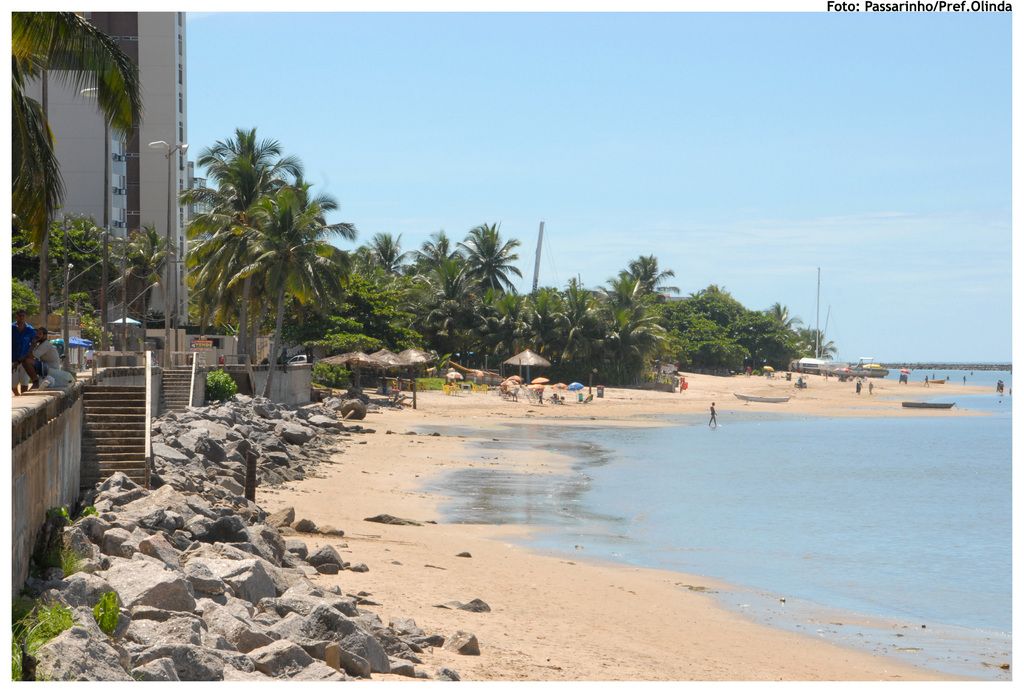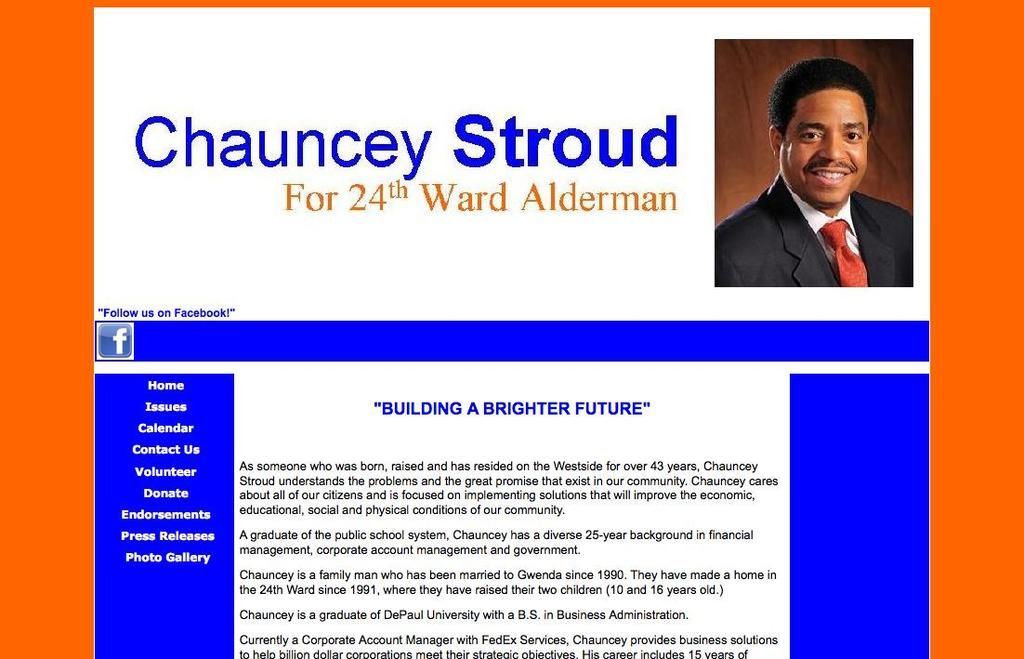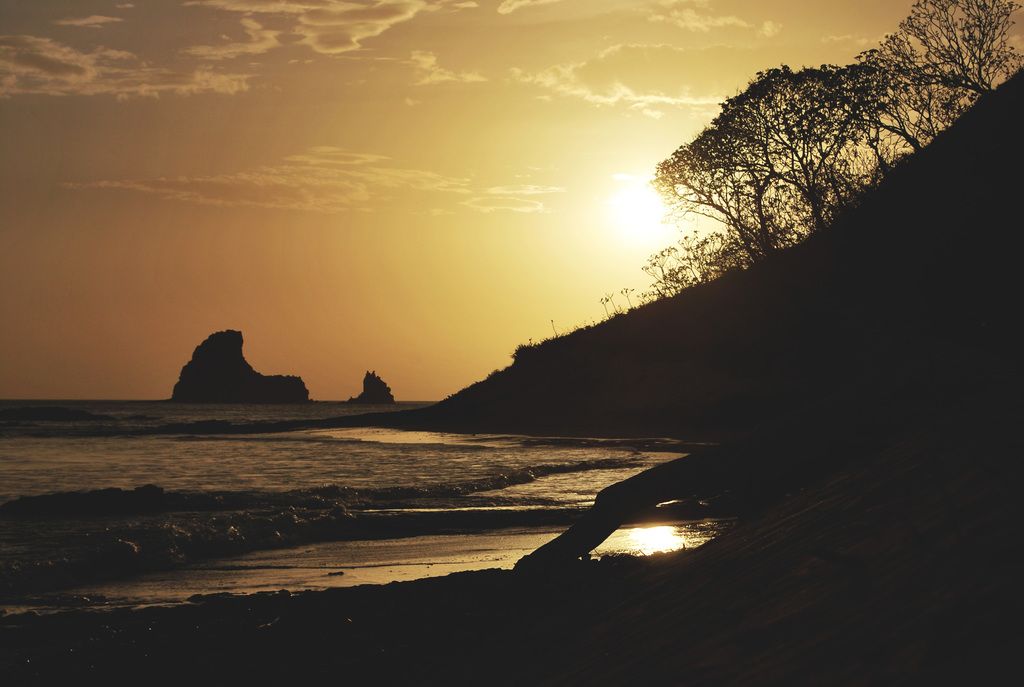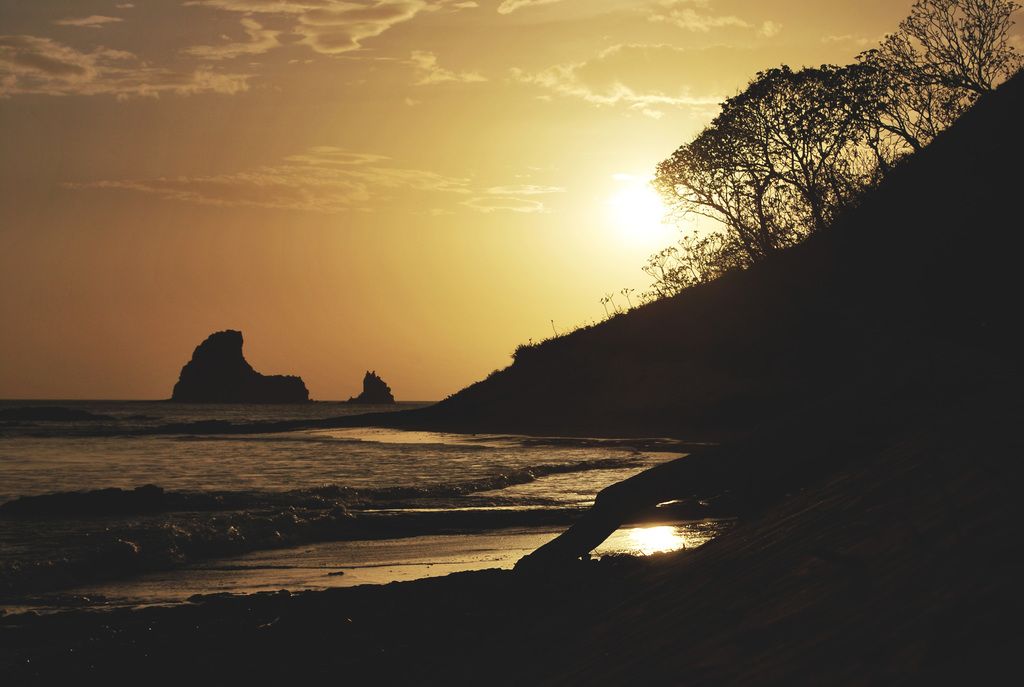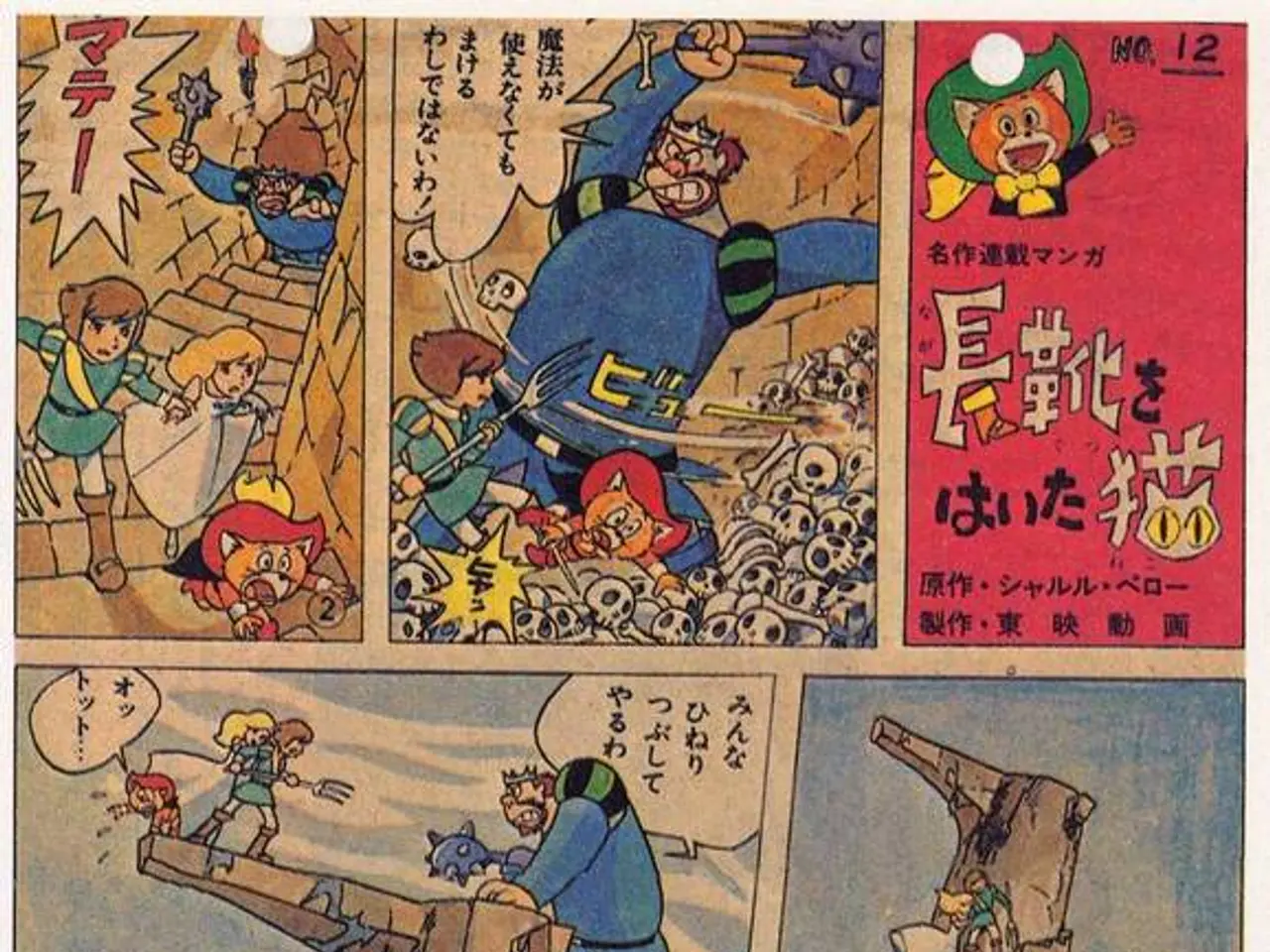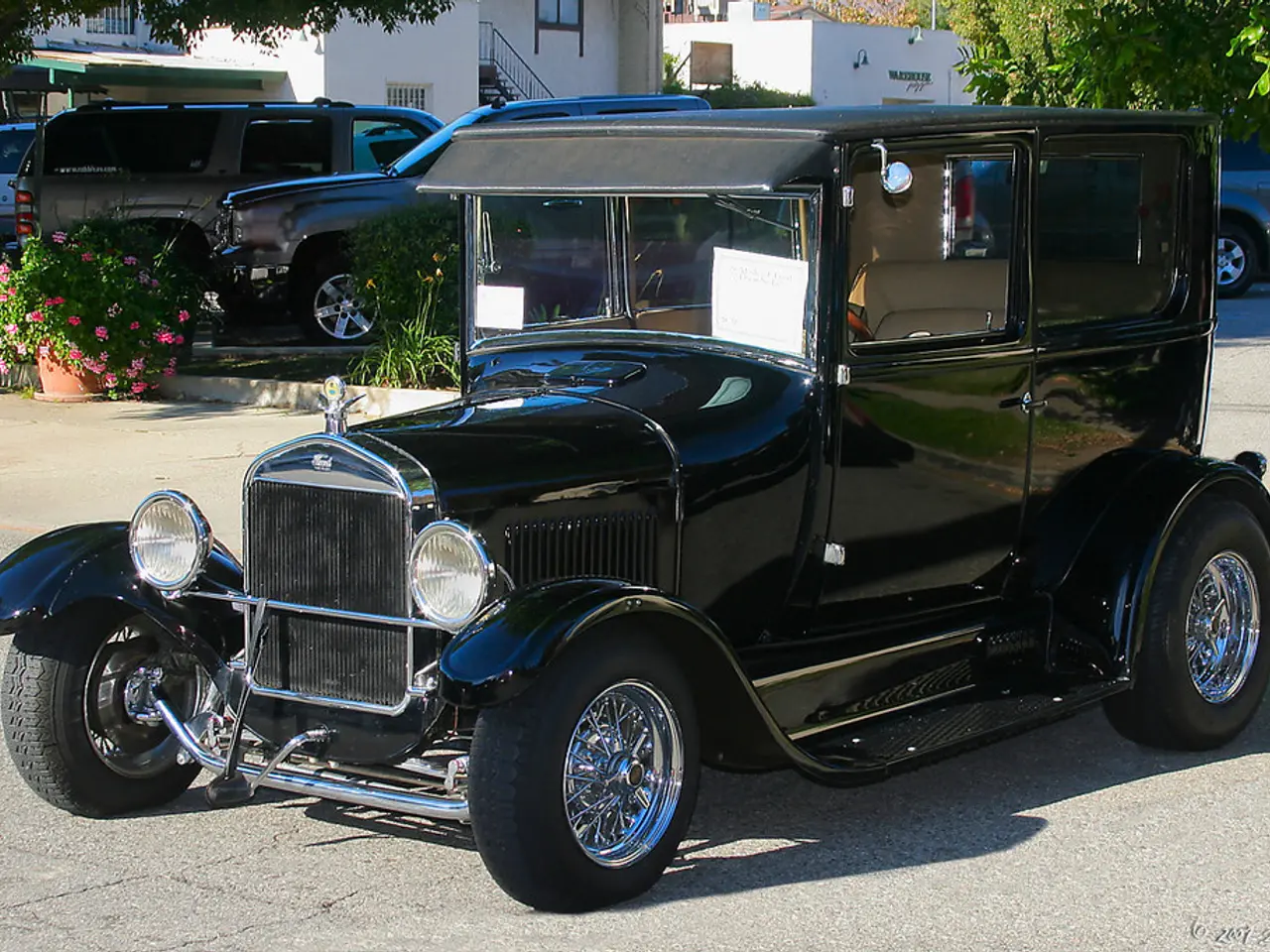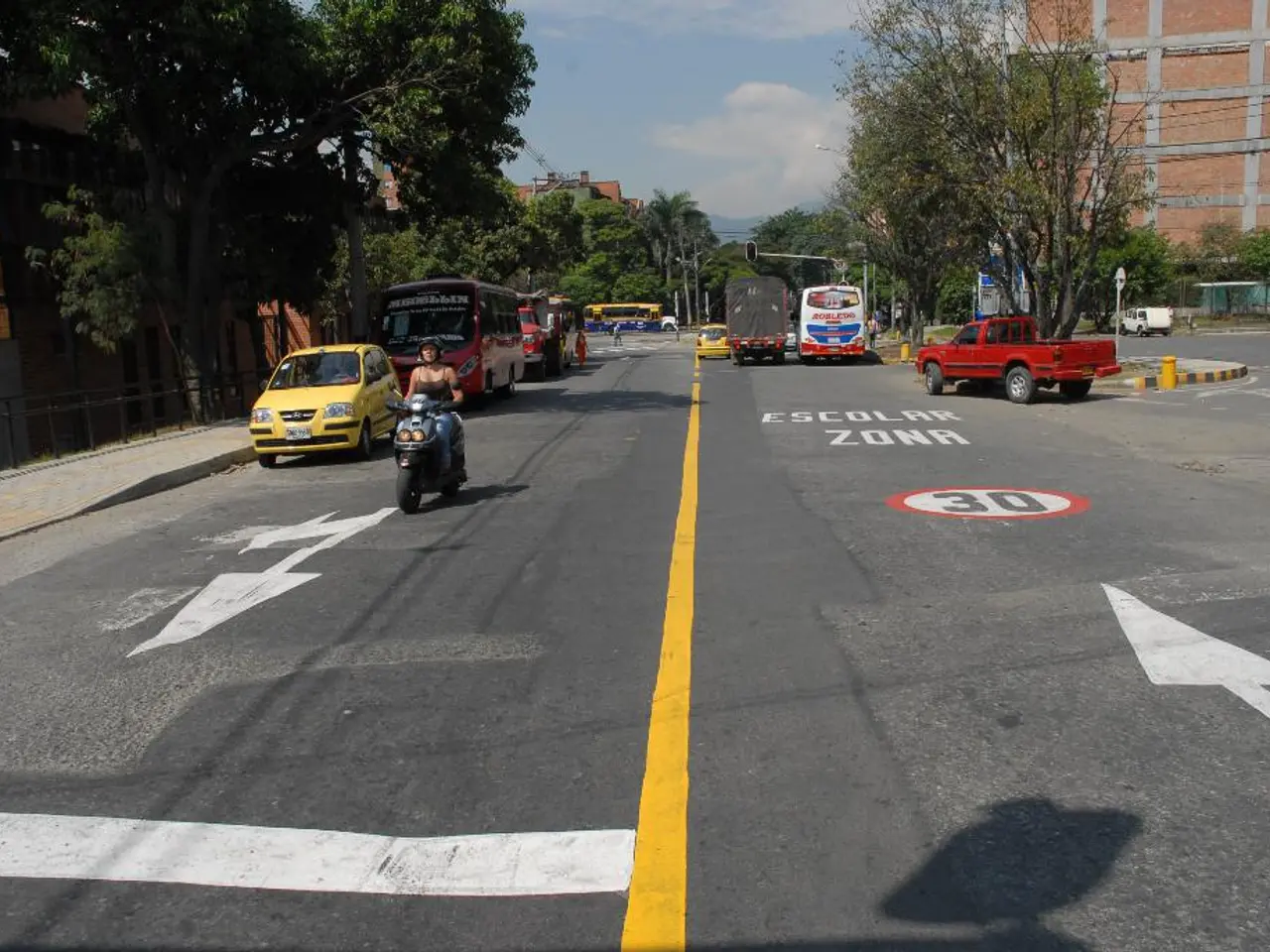Weathering the Storm: Which Insurance Keeps Your House and Belongings Safe
Hurricane Damage Coverage: Examining Insurance Sector's Responsibilities
Hitting home (or car)... literally! Storms can cause quite the chaos, leaving behind destruction and heartache. But, not to worry, your insurance's got your back! This walkthrough will help you understand which policies will protect your residential buildings, household items, and vehicles from storm damage.
The German Insurance Association (GDV) is here to guide you through the labyrinth of insurance policies. Without further ado, let's dive in!
1. Storm Wreaks Havoc on Roof Tiles, Windows, or Chimneys
In case your home sustains such damages due to a storm or fallen trees, your building insurance will cover the repair costs. Other damages like damp walls or floors due to water penetration are also included in the coverage.
2. Drizzle Seeps into Furniture and Inventory via Damaged Windows or Tiles
If your furniture, personal belongings, or clothing get ruined from infiltrating moisture, don't fret! Your household contents insurance is there to pay for the damage repairs. However, the insured individuals have the responsibility to mitigate the damage by taking measures - like sealing windows and moving the items to safety.
3. Flood Submerges Your Stuff and House Structure
It's a good idea to consider the add-on module for elemental damage for either household contents or building insurance to tackle flood-related damage. Keep in mind, the insurance coverage only takes effect when the water intrusion occurs due to overflowing bodies of water, weather-related precipitation, or groundwater that patches the ground surface and subsequently enters your home. Otherwise, you might be out of luck.
4. Automobile Under Assault by Flying Objects or Flooding
Worried about your vehicle being damaged by falling branches or flooding? Fear not! Your auto insurance's comprehensive coverage will come to the rescue. Those without a car's collision protection are left unshielded in such situations.
5. Flying Garden Furniture Injures People or Damages Neighbor's House
If your outdoor furniture hurtles onto someone else's property due to insufficient safety measures, your private liability insurance should cover any ensuing damages or injuries. However, if you have taken adequate precautions, your building insurance and the victim's health insurance will shoulder the responsibility instead.
6. Injuries Caused by Falling Branches or Debris
In this unfortunate scenario, your health insurance has the duty to cover the medical expenses. If you suffer permanent damage, your private accident insurance will step in to provide additional support - provided you've purchased the policy.
So, grab your umbrellas and prepare your insurance papers! When the storm hits, you'll be ready.
[1] HuffingtonPost.com, "Comprehensive Car Insurance: What It Is and Why You Need It," accessed 26 March 2023.[2] House Logic, "Homeowners Insurance: What It Is and What It Covers," accessed 26 March 2023.[3] InsuranceInformationInstitute.org, "Homeowners Insurance Replacement Cost Coverage: What It Is and Why It Matters," accessed 26 March 2023.[4] Insurance.org, "10 Things You Should Know About Comprehensive Auto Insurance," accessed 26 March 2023.[5] Floodsmart.gov, "What Is Flood Insurance?" accessed 26 March 2023.
```markdownInsurance For Your Abode- Homeowners Insurance (HO-3): Provides open-peril coverage for dwelling and other structures, but excludes damage caused by floods and earthquakes.- Flood Insurance: Necessary to cover damage caused by flooding.- Personal Property Coverage: Under HO-3 policies, covers personal property for certain named perils like windstorms or falling objects.
Insurance For Your Ride- Comprehensive Auto Insurance: Covers non-collision damage to vehicles, such as from storms, hail, and flooding.- Collision Insurance: Cover vehicle damage caused by collisions indirectly attributable to stormy conditions.```
Insurance Tip: More than half of all homeowners' insurance policies are rated as "very good." (Source: Insurance.com)
In the realm of environmental science, understanding climate-change and its impacts on weather patterns is crucial in assessing insurance needs. For instance, storms, hail, and flooding can all have significant effects on housing, tenants, and landlords. To ensure proper coverage, homeowners' insurance (HO-3) provides open-peril coverage for dwelling and other structures, but excludes damage caused by floods and earthquakes. On the other hand, comprehensive auto insurance covers non-collision damage to vehicles, such as from storms, hail, and flooding, while collision insurance covers vehicle damage caused by collisions indirectly attributable to stormy conditions. Personal financial management also plays a part in selecting the right insurance policies, as choosing appropriate coverage can help mitigate potential financial burdens resulting from storm damage. Thus, one's knowledge of both environmental-science and personal-finance can aid in navigating the insurance landscape effectively.
